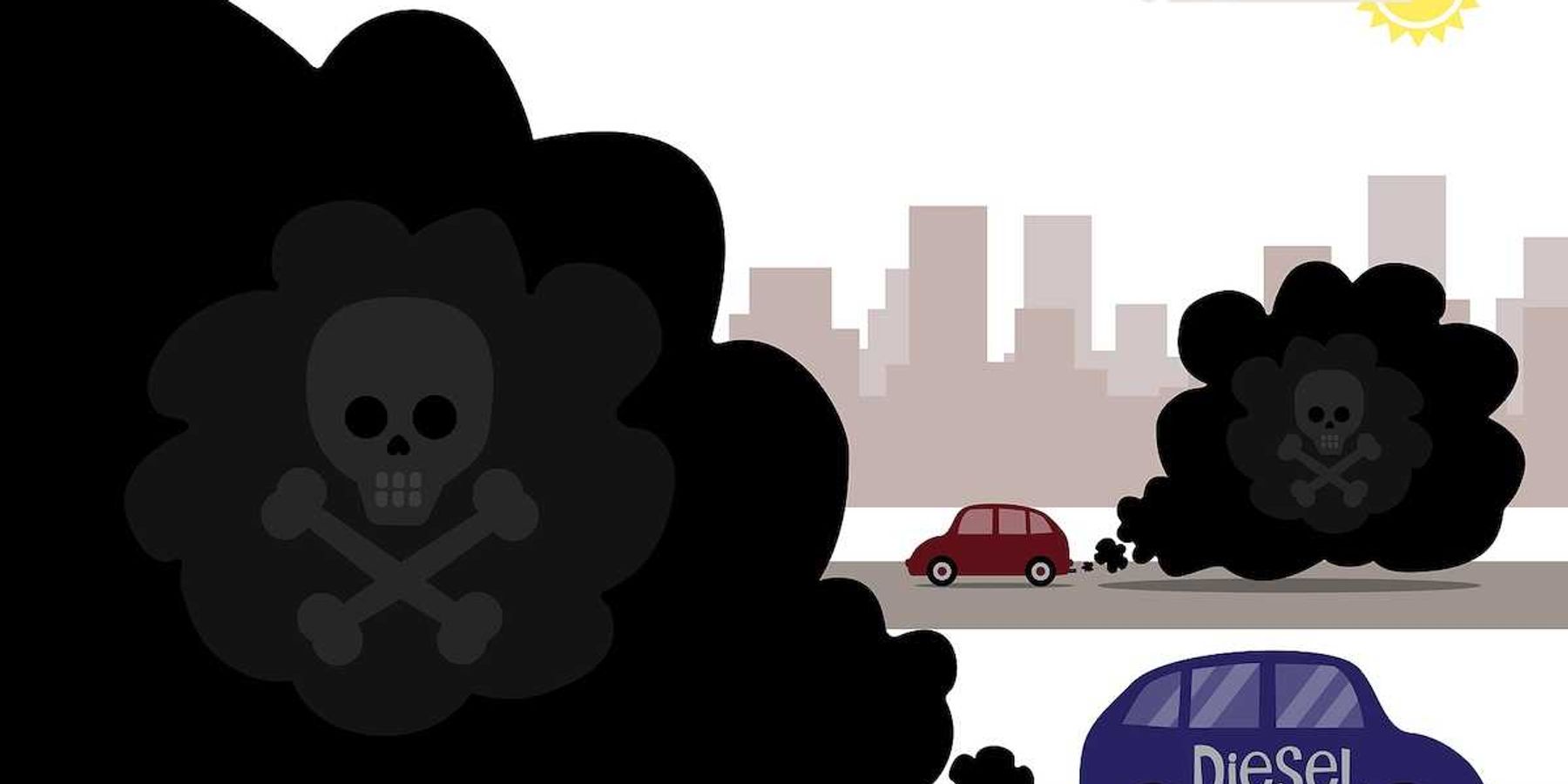radioactive contamination
Climate change raises risks for sites with radioactive materials
As climate change intensifies, sites housing radioactive materials face increased threats from wildfires and floods.
In short:
- The Pantex Plant in Texas faced near-catastrophic wildfires, highlighting the vulnerability of facilities storing nuclear materials.
- Extreme weather events, fueled by climate change, pose increasing risks to dozens of sites across the U.S., potentially disrupting critical energy and defense operations.
- The Department of Energy now requires existing sites to assess climate risks, but new site permits often overlook future climate projections.
Key quote:
“I think it’s too early to assume that we’ve got all the worst-case scenarios resolved ... (because) what might have been safe 25 years ago probably is no longer safe.”
— Paul Walker, program director, Green Cross International.
Why this matters:
Climate change's impact on sites with radioactive materials can lead to severe health and environmental consequences, heightening the need for proactive planning and infrastructure upgrades to mitigate risks. Read more: Past deadline and over budget, nuclear energy is struggling.
Opinion: Radioactive risks and worker safety in the oil and gas industry
Justin Nobel's new book reveals the extensive radioactive contamination in the U.S. oil and gas industry and its impact on workers.
In short:
- Nobel's investigations uncover the use of radioactive oilfield waste in household products and its pervasive contamination.
- Workers are exposed to dangerous levels of radiation, handling waste with inadequate protection, and unknowingly bringing contaminants into their homes.
- Regulatory gaps allow the oil and gas industry to treat highly radioactive waste as nonhazardous, posing serious public and environmental health risks.
Key quote:
"With fossil fuels, essentially what you are doing is taking an underground radioactive reservoir and bringing it up to the surface where it can interact with people and the environment."
— Marco Kaltofen, nuclear forensics scientist
Why this matters:
Prolonged exposure to radioactive materials can escalate the risk of cancer, and protective measures for workers are not just recommended, they are a dire necessity. Yet regulation and oversight can be as slippery as the substances being drilled from the earth.
In 2023, 800,000 tons of radioactive waste from Pennsylvania’s oil and gas industry went “missing.”
New dashboard reveals uranium mine risks in New Mexico
A new online dashboard launched by New Mexico helps locals and officials understand the dangers of closed uranium mines and mills, highlighting ongoing health and environmental risks.
In short:
- New Mexico's history with uranium mining, crucial for its nuclear program, has left numerous abandoned sites posing ongoing risks.
- The interactive dashboard provides detailed information on these sites, including locations, historical operators, and regulatory actions.
- Aimed at a wide audience, the tool aims to simplify access to information and raise awareness about the legacy of uranium mining in the state.
Key quote:
"We want to make the information on former uranium mining sites in New Mexico as easy as possible to access."
— Miori Harms, uranium mining reclamation coordinator.
Why this matters:
This dashboard not only educates but also connects a local issue to broader national concerns about environmental remediation and public health.
Health risks from nuclear contamination in St. Louis denounced at congressional hearing
The United States should not expand nuclear energy use, at least until the federal government can make up for the harms caused by previous nuclear projects, U.S. Rep. Cori Bush of Missouri said at a congressional hearing in Washington, D.C., on Thursday.









